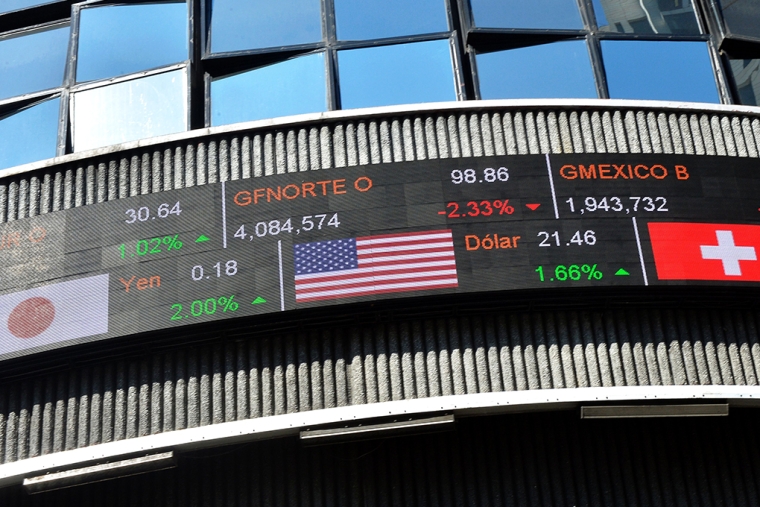
After digesting the weekend news of a US-EU trade deal, the net result has been a slump in the euro, a modest fall in European equity markets and a modest fall in European bond yields. The USD is broadly stronger, reversing last week’s loss. The NZD has sustained a move back below 0.60, while NZD/EUR is up ½% to 0.5150.
It didn’t take long for joy about the negotiated US-EU trade “deal” to fade. Asian markets opened with stronger US and European equity futures and small gains for risk currencies and the euro. All of that has completed reversed overnight and the euro is the weakest of the majors, slumping by 1.3% from last week’s close to 1.1590.
While the agreement that the EU will face only a baseline 15% tariff on exports to the US for most goods averted worse scenarios of a 30% rate or an outright trade war, the reality is that the deal is negative for growth in the region. German Chancellor Merz said tariffs would cause “considerable damage” to the German economy, Europe and the US, including higher inflation, but he acknowledged it was the “best result achievable in a given situation”. The French PM said the trade deal marked a “dark day”. Spain’s PM said he supported the deal “but without any enthusiasm”.
Speaking to media, President Trump said he planned to set tariffs “in the range of 15-20% “for essentially the rest of the world”, referring to those countries that don’t strike a deal before the 1-August deadline.
Trump also said he would shorten the 50-day deadline for Russia to reach a truce with Ukraine, to “about 10 or 12 days from today”, to be announced later today or tomorrow, adding “I’m not interested in talking anymore” with President Putin. Unless a deal is made, secondary sanctions – like imposing punitive tariffs on countries that buy oil from Russia – would kick in.
The S&P500 is currently down a touch, reversing the positive mood during Asia trading while the Euro Stoxx 600 index closed down 0.2%. Germany was the weakest of the key equity markets, with the DAX index down 1%.
European rates are lower across the board, down in the order of 3bps across the curve for German Bunds. This contrasts with slightly higher rates for the UK and US, in the order of 1-3bps for gilts and treasuries. The treasuries curve is slightly steeper, with the 10-year rate currently up 3bps from last week’s close to 4.42%.
As noted, the euro has been the weakest of the majors, not helped by lower European-US rate spreads and more certainty that higher tariffs will knock down euro area growth of perhaps up to ½%. The euro-centric USD DXY index is up 1%, with broader dollar indices up 0.8%, with the dollar showing gains against all the key majors.
Other European currencies are weaker, including CHF falling 1%, while GBP shows a more moderate fall of only 0.6% to 1.3355. The NZD and AUD are both down 0.8% from last week’s close, to around 0.5970 and 0.6515 respectively. On NZD crosses, the biggest moves have been a 0.6% fall in NZD/CAD to below 0.82, given the CAD’s low beta to large USD moves, while NZD/EUR is up 0.5% to 0.5150. CAD is also supported by higher oil prices, with Brent crude up 2½% to over USD70 per barrel, supported by Trump’s renewed threat of sanctions against Russia.
In other tariff news, the two-day talks led by the Chinese Vice Premier and US Treasury Secretary began in Stockholm, with a view to extending the US-China trade war truce and widening discussions, including Chinese purchases of sanctioned Russian and Iranian oil. We expect a positive outcome from the meeting, given recent sourced reports that President Trump wants to meet President Xi later this year and he wants to dial down tensions ahead of a potential meeting.
Yesterday, the domestic rates market showed a 1-3bps fall in NZGB yields, reversing course after a small lift in yields in the morning. The 2-year swap rate was flat at 3.17% while the 10-year swap rate fell 2bps to 4.09%. NZ filled jobs data continued to convey a soft labour market. Even though filled jobs ticked higher in June, they fell 0.3% in Q2, supporting our view that HLFS employment will likely show a small fall in next week’s release.
On the economic calendar, tonight sees the release of US trade data, the JOLTS labour market report and consumer confidence.

We welcome your comments below. If you are not already registered, please register to comment.
Remember we welcome robust, respectful and insightful debate. We don't welcome abusive or defamatory comments and will de-register those repeatedly making such comments. Our current comment policy is here.